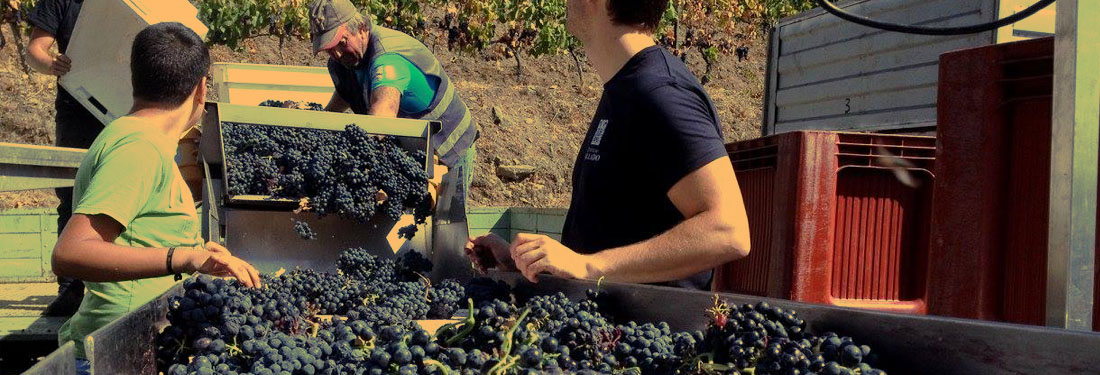W&W 2016 vintage report
Global wine production is estimated to be down 5% from last year and much of Europe was marked by adverse climatic conditions. But despite the various challenges, the overall impression of harvest 2016 is one of good – and sometimes even excellent – quality.
We’ve spoken to a selection of our producers to hear their thoughts on the vintage…
France
The 2016 harvest was certainly not an easy one in France and production is significantly lower than average, making it one of the smallest harvests in the country for the last 30 years. However, there are some quality highlights – see our round-up from a selection of key regions below:
Champagne (Palmer & Co)Champagne had its fair share of challenges this year in terms of adverse weather, but fared better in the Montagne de Reims area, where Palmer & Co is solidly established with over 200 hectares of Grand and Premier Cru vineyards. According to Palmer & Co’s Arthur Camut, “the 2016 harvest was a year characterized by small quantities but very good quality. Although caution is still advised at this stage, Xavier Berdin, Cellar Master at Champagne Palmer & Co, has mooted this as being a potential vintage year for the house.”
Loire (Loire Proprietes)Frost and hail damaged large parts of the Loire Valley this year, with some appellations more affected than others. According to Alexandre Meunier of Loire Proprietes, yields are down around 35% in the region. “Almost all of the Loire was struck by the frosts – from the Sancerre and Pouilly, all the way to Touraine.”
BurgundyAlthough volumes are down, it looks to be a good quality harvest throughout Burgundy. Our European Buyer,
Stuart Grundy, explains that there’s no ‘in general’ this year, with heterogeneity being the key word.
“Chablis was hit by significant frosts, with production the lowest in over a decade. Fortunately, most of the easterly Premier Crus and Grand Crus were unaffected and these wines promise to be exceptional,” he says. “The Cote d’Or has had a great red wine vintage, while the 2016 whites are expected to be very good, with more freshness. Yields are, however, down dramatically.”
BeaujolaisVolumes are up in Beaujolais, with a very good crop and decent quality overall, although some areas were affected by hail. Stylistically the 2016 wines will be in line with a ‘classic’ Beaujolais vintage.
BordeauxThis region had an exceptionally warm and dry vintage, with yields up. Wine quality is expected to be good, although less concentrated wines are likely. “Early indicators suggest that the 2016 vintage will deliver its full potential in terms of quality and quantity, with the wines set for true terroir expression. The young dry whites are aromatic and lively, with a lovely freshness. The reds are generally outstanding: crisp and fresh, with intense aromas of blackberries. The semi-sweet and sweet wines are also showing good concentration and great aromatic freshness.”
Rhone (Paul Jaboulet Aine)While volumes are down slightly, 2016 is potentially a very good quality vintage for the Rhone.
Caroline Frey of
Paul Jaboulet Aine explains, “This vintage was harmonious and homogeneous, thanks to the contrast between a rainy spring and a stable summer, resulting in balanced wines with remarkable finesse.” However, they didn’t completely escape disaster and a hailstorm struck the famed Hermitage Hill in April. This caused damage to the white grapes on the eastern side, but thankfully spared the emblematic Syrah parcels.
Languedoc (Chateau Coup-Roses)The overall harvest is down due to hail and heat stress, but this varies significantly among sub-regions. For Francoise Frissant Le Calvez of Chateau Coupe-Roses in Minervois, the harvest was very interesting in terms of quality, although small in quantity – “we have lost about 30% in total, mostly white wine. However, since we harvest later than other places in Minervois, we benefitted from the rain at the beginning of September and the resultant wines have a lot of colour, are full-bodied and the tannins are well-integrated.”
Provence (Chateau Leoube)For
Chateau Leoube production director,
Romain Ott, “2016 was a dry year in Provence and the vintage is fairly concentrated, but promising. The juices are beautiful and will be representative of what the property can produce.”
Spain
The 2016 harvest in Spain promises good quality with volumes slightly down in some areas, making it the third biggest producer this year – after Italy and France. The hot and dry conditions meant no disease or fungus pressure, with good quality expected especially for red wines and rosé.
Rioja (Bodegas Navajas)Merche Navajas from family-run
Bodegas Navajas is positive about the 2016 vintage – “First impressions are very optimistic. Moderate rain in the third week of September and early October were highly beneficial to ripening while maintaining the grapes in perfect condition. The harvest lasted more than two months, with dry, sunny weather prevailing until late October. This unusual September and October weather was a decisive contributor to the exceptional condition of the grapes this harvest.”
Ribera del Duero (Bodegas Protos)Unlike much of Europe, Ribera del Duero was spared frost and hail damage in 2016. Alexandre Llado at Bodegas Protos explains, “This vintage has been determined by a prematurely cold and dry winter, followed by a very rainy spring and a very hot summer which made this harvest one of the warmest in recent years. The harvest began one week later than the previous year, we started on 5 October with small entries and from 8 to 20 October we collected the balance of our grapes. The grapes themselves were balanced, with ripe tannins and considerable freshness and we are expecting excellent wines from Roble to Gran Reserva with bold fruit and good structure. ”
Rueda (Bodegas Protos)Bodegas Protos also have vineyards in Rueda, where Alexandre Llado says “High average temperatures and a persistent drought since May have conditioned this vintage but surprisingly we had higher yields than we could expect with these conditions. Protos Verdejo 2016 wines have more intensity and higher profile than 2015 on the nose. On the palate we have more rounded wines with very good acidity, freshness and a good volume.”
Italy
The world’s largest producer this year, Italy has been dubbed one of the main ‘winners’ of 2016, with the country enjoying slightly better growing conditions than its European counterparts. Despite being the biggest producer, Italy’s harvest is still down around 2%, while quality is generally good. Here is a round-up of the harvest:
Veneto (Val d'Oca)The region’s overall volume is expected to be similar to that of 2015. For
Val d’Oca’s Lorenzo Rispoli “The excellent quality of the 2016 vintage is due to the cool night-time temperatures, along with dry, well-ventilated weather conditions. These two aspects of the climate are essential for obtaining a sparkling wine, which calls for healthy grapes with quite high acidity and good levels of aromatic compounds, which give floral fragrances. The profile of the wines is one of rich fruit both on the nose and in the mouth, with particularly lively floral notes and hints of green apples that also confer crispness on the palate.”
PiedmontProduction in Piedmont-Lombardia is expected to be up 5% on last year, with good quality across the board. Piemontese producer Mondodelvino explains, “Flowering started a little later than normal, followed by a period of stable weather conditions. Nebbiolo for Barolo was harvested during mid-October, with the overall yields stable.”
Emilia-Romagna (Poderi dal Nespoli)Although harvest was delayed by around 10 days, 2016 is expected to produce excellent quality, with a slight increase in yields. Celita Ravaioli of Poderi dal Nespoli in Romagna says, “Harvest in Romagna is a celebration, with its aromas, emotions, people and wise working hands. It is a hard time, but full of satisfaction. Thanks to the ideal range of atmospheric temperature changes – ranging between hot and sunny conditions, colder periods and the right amount of rain – aromas will be intense and 2016 can be defined as an excellent harvest in terms of quality. Yields are also expected to be around 5% higher than the year before. This year reminds me of the 2006 harvest: we had well-structured, elegant and perfumed wines and are expecting the same again.”.
Tuscany (Castello Banfi)Although yields are expected to be 3-5% lower than 2015, quality looks to be good. Dante Cecchini of Castello Banfi says, “The harvest conditions for our Pinot Grigio San Angelo were excellent and the quality is outstanding. As for the ‘king’ Sangiovese, owing to the excellent temperature variations between night and day, it ripened perfectly, despite the harvest being around 10 days later than usual.”
Sardinia (Cantina del Vermentino)For Cantina del Vermentino, this year can be compared to the classic, beautiful harvests of the 80s and 90s. Dante Cecchini says, “A very dry spring and summer was balanced by relatively mild temperatures, without any of the torrid heatwaves of the last few years. The optimal weather conditions allowed for a balanced ripening season, with very healthy fruit. This vintage should produce great fresh, crisp and aromatic Vermentino wines.”
SicilyWhile Sicily’s overall output is down around 10-15% this year, quality looks to be excellent, perhaps the best for eight years.
Portugal
Although 2016 was an extremely demanding year, with production losses throughout the entire Douro, Quinta do Vallado registered only a small fall in yields compared to 2015. Joao Ribeiro says, “Harvest started eight days later than 2015, but the wait was greatly rewarded, as all grapes were picked under dry and warm weather conditions, having achieved premium quality. The 2016 wines have moderate alcohol levels and good acidity. The aromas are less exuberant and more austere and mineral, especially for the whites. Due to the initial lack of water, the reds achieved magnificent concentration and colour, and so excellent quality wines are expected.”



